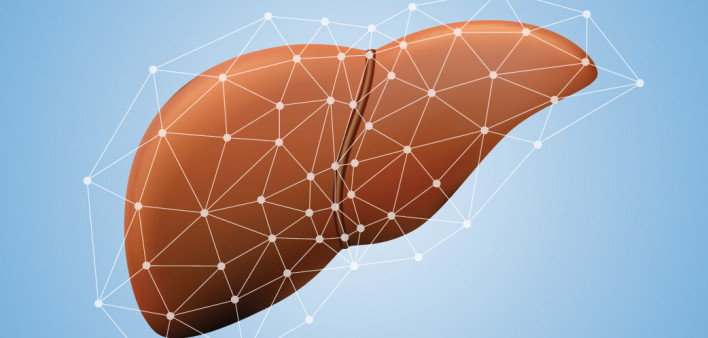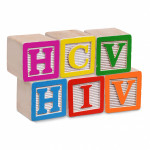Among people with hepatitis C virus (HCV), being coinfected with HIV is no longer associated with an increased risk of decompensated cirrhosis, also known as end-stage liver disease, or hepatocellular carcinoma (HCC, the most common form of liver cancer), aidsmap reports.
Past research indicated that HIV coinfection among those with HCV increased the risk of end-stage liver disease and liver cancer. But researchers believe that improved antiretroviral (ARV) treatment for HIV as well as higher rates of people on ARV treatment in recent years have mitigated these excess risks.
Publishing their findings in the journal Hepatology, researchers analyzed data on 175 people with HIV/HCV coinfection and cirrhosis who were participants in the HEPAVIH cohort and 1,253 people with HCV monoinfection and cirrhosis from the CirVir cohort. The analysis excluded people with HBV coinfection as well as anyone with a history of liver complications prior to being followed in the study.
The participants were followed for nearly five years in the monoinfected group and for four and a half years in the coinfected cohort. The follow-up period for participants began upon their entry into their cohort or their biopsy-proven diagnosis of cirrhosis, whichever date was more recent.
A total of 16.6 percent of the coinfected group had been cured of HCV at the study’s outset, as had 19.9 percent of the monoinfected cohort.
Ninety-two percent of those with HIV were on ARVs at the study’s baseline; 80 percent had an undetectable viral load at that time.
At the end of the follow-up period, the study authors found no statistically significant difference in numerous outcomes between those with and without HIV, including the: HCV cure rate (47 percent with HIV versus 52 percent without); liver cancer diagnosis rate (14 percent versus 7.4 percent); proportion who experienced at least one episode of decompensation (a sign of increase in severity) in their cirrhosis (16.4 percent versus 10.9 percent); time between the study’s outset and the first development of decompensation; and death rate (13 percent versus 13 percent).
However, those with HIV died a median of a decade younger than those without HIV and had a higher overall risk of death. The coinfected individuals had a higher risk of non-liver-related death than the monoinfected group. Additionally, upon diagnosis, the liver cancer of those with HIV was more severe than those without that virus.
The researchers hypothesized that as older, more toxic ARVs have fallen out of use, in particular Zerit (stavudine, or d4T) and Videx (didanosine, or ddI), this shift improved liver-related outcomes for HIV/HCV-coinfected individuals.
All these encouraging findings aside, the study authors cautioned that liver cancer remains more aggressive among those with HIV/HCV-coinfection compared with those who are monoinfected with HCV. This finding is a reminder of the importance of curing HCV among people who are coinfected with HIV.
To read the aidsmap article, click here.
To read the study abstract, click here.







Comments
Comments